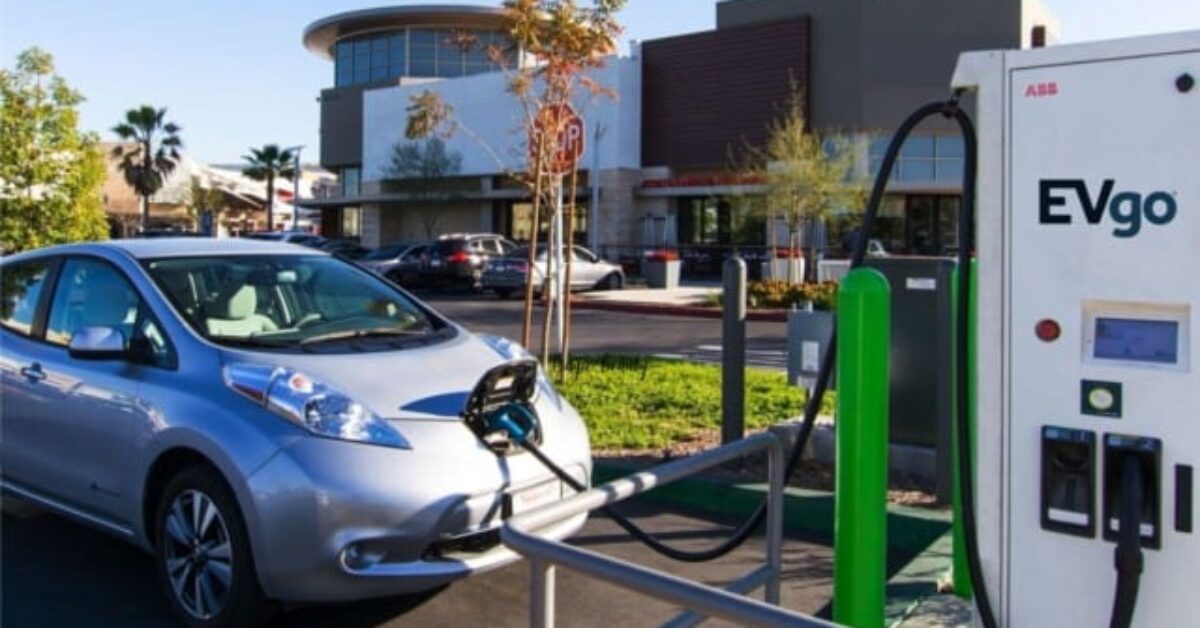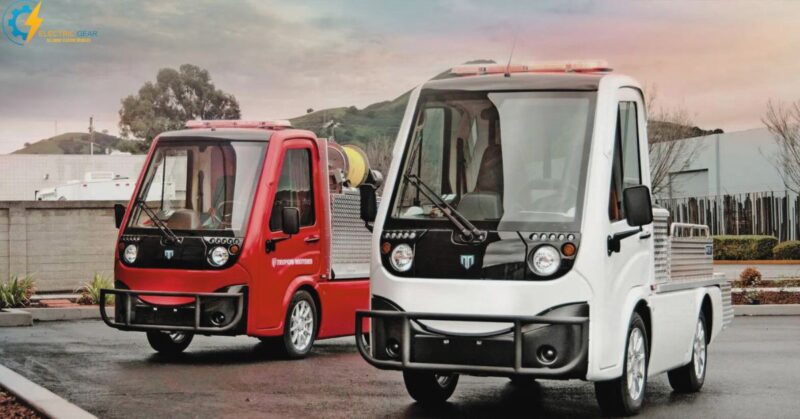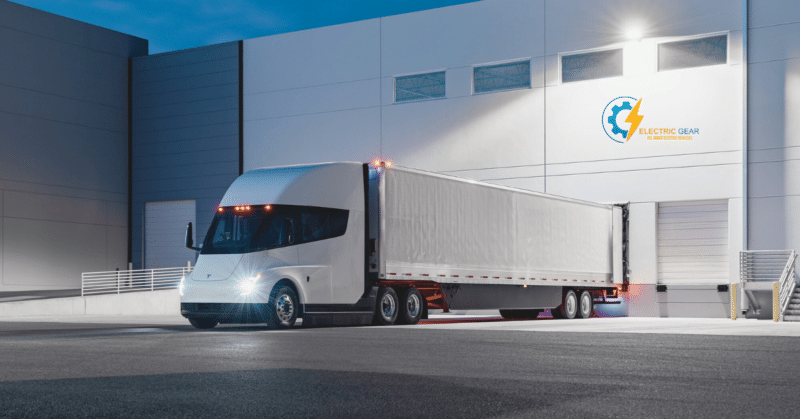With speculations of electric vehicles growing up to 350 million by 2030, it’s time for green and clean industry high-ups to seek better battery, mileage, and charging infrastructure prospects.
Because it may be the initial apprehension preventing, however, to a reasonable extent, owners from buying an EV, the issue must be dealt with and resolved with a mix of performance, efficiency, and supreme wisdom. The more the charging problem is addressed, the cleaner and greener the world will be.
Understanding Level 3 Charging Station Installation Cost
Location, site preparation, and electrical needs may all affect how much it costs to set up a Level 3 charging station. The price tag on your brand new Level 3 charging station may be affected by the following:
1. Electrical Service: Compared to a single-phase service, the installation cost of a three-phase service for a Level 3 charging station is higher. The price also depends on the electrical infrastructure at the site where the charging station will be built.
2. Site Preparation: Depending on the location of the charging station, site preparation may be necessary. It could include excavation, concrete work, or the installation of a mounting pole.
3. Charging Station Model: The Level 3 charging station’s cost can vary based on the model and manufacturer.
4. Labor Cost: The labor cost for installation and setup of the charging station can also vary based on the complexity of the building and the location of the site.
5. Permitting and Inspection: Depending on the location and electrical requirements, permits and checks may be required, which can add to the overall installation cost.
Even though building a Level 3 charging station may be more expensive than installing a Level 2 station, the advantages of quicker charging periods and greater utilization may
make it an investment that is profitable for companies and public areas.
Different Levels of Charging Stations

By now, three charging levels for electric vehicles have been introduced. Each group comes with different features, voltages, and costs. Here is only the list of the first two and detail of the Level 3 charger below.
- Level one charging station
- Level two charging station
- Level three charging stations or superchargers
To know more detail and specification about these charging stations, go through our articles “Level 3 DC fast charger“ and “cost to install EV charger at home.”
How Much Does it Cost to Install a Level 3 Charging Station?
Future Energy states that installing a Level 3 fast charger with a single port will cost around 40,000 US dollars. However, according to the Watt Logic report, the same will cost up to $80,000.
Looking at the above statements, it becomes evident that there is no specific formula for ascertaining the exact and actual cost of installing the said charging system. Multiple consequential factors and requirements remain intact towards increasing or decreasing installation costs. However, according to safe and rounded projections, it takes $20,000 for the parts alone and $50,000 or upwards for complete installation.
Charging station networks estimate the total cost of a Level 3 DC fast charger to be more than 50,000 US dollars, including all essential equipment and installation cost. The installation further requires a 480V transformer and a qualified technician or electrician.
These are installed with colossal power, providing almost 3-20 miles of range per minute. As opposed to Level 1 and 2 chargers which use AC, Level 3 fast chargers utilize direct current (DC) for charging electric vehicles; hence they have known DC fast chargers or superchargers.
According to the State of The Charge Report 2017, the EV charging market will likely increase by 50% by 2025, decreasing the cost considerably.
The cost of the charging station itself can also vary based on the model and manufacturer. Some Level 3 charging stations can cost up to $30,000 or more. Additionally, labor costs for the installation and setup of the charging station can vary based on the complexity of the building and the location of the site.
It looks pertinent to remind again that various factors contribute towards the installation cost of charging stations, including locality and the type of charge. However, on average, Installing Level 1 and 2 chargers will cost $750 and $1,100, respectively.
Installation of Level 3 Charger at Home
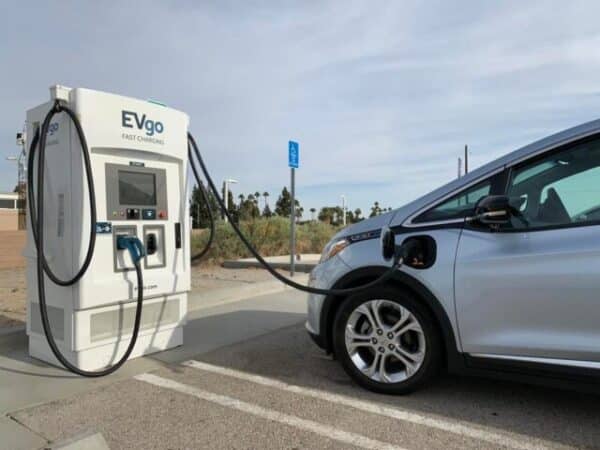
Level 3 charger is generally installed at corporate levels or high transport access areas to provide quick charging facilities to large commercial vehicles and cars. Installation of a Level 3 charger may cost thousands of dollars; in some cases, it may exceed the actual vehicle cost.
Its installation requires a very high transmission supply of about 400-900 volts from the grid, and only a few residential areas are seen with such a vast and additional power supply.
Level 3 chargers use massive amounts of 400-900V of DC electricity for charging purposes, typically unsuitable for home installation. Further, its structure may require approval from some concerned departments, such as electric and civil defense.
Level 3 charger is considered to have initial AC power of more than 25 kilowatts to a maximum of 500 kilowatts. It also delivers 75-1200 miles of range per hour to the electric vehicle.

Cost-Saving Tips for Level 3 Charging Station Installation
Establishing a Level 3 charging station for electric cars (EVs) might be expensive, but there are methods to save costs without compromising the installation’s quality. Here are five recommendations for installing Level 3 charging stations at a lower price:
1. Choose the Right Location: Select a location that requires minimal trenching or excavation work and is close to the main electrical panel. This will reduce the amount of electrical conduit needed and the distance of wiring required, which can lower installation costs.
2. Leverage Existing Infrastructure: If possible, leverage existing infrastructure, such as a building’s electrical infrastructure or an existing parking lot. It can save money on installation costs and reduce the overall environmental impact of the installation.
3. Take Advantage of Rebates and Incentives: Many states and municipalities offer incentives and rebates for installing EV charging stations. Research and take advantage of these programs to reduce the cost of your installation.
4. Opt for a Modular Design: Consider a modular design for the charging station, which can reduce the overall installation cost by simplifying the installation process and reducing the amount of onsite work required.
5. Use Cost-Effective Materials: Select cost-effective materials for the installation, such as high-quality but lower-priced electrical components and conduits, which can reduce the overall cost of the building without sacrificing quality or reliability.
Installing a Level 3 charging station may be less expensive if you follow these recommendations while offering EV drivers a high-quality charging option.
Cost Comparison: Level 3 vs. Level 2 Charging Stations:

Level 3 charging stations, also known as DC fast chargers, are more expensive than Level 2 charging stations, which are AC chargers. Level 3 chargers require more complex technology, including a high-voltage DC power supply and specialized charging cables. Additionally, the installation process for Level 3 chargers is more involved, often requiring extensive electrical work and infrastructure upgrades.
A Level 3 charging station can range from $10,000 to $40,000, whereas Level 2 charging stations typically cost between $500 and $2,500. However, Level 3 charging stations can provide much faster charging times, naturally delivering 60 to 80 miles of range in just 20 minutes, compared to the 4 to 6 hours required by a Level 2 charger. Ultimately, the choice between Level 3 and Level 2 charging depends on the needs of the EV driver and the cost-benefit analysis of the charging station operator.
Benefits of Installing a Level 3 Charging Station for Businesses
Installing a level 3 charging station can bring several benefits for businesses, particularly those that rely on attracting and retaining customers or employees who own electric vehicles. Here are some of the advantages of installing a level 3 charging station:
- Attracting EV drivers: By providing a level 3 charging station, businesses can attract more electric vehicle drivers to their locations. These drivers will likely choose locations where they can recharge their vehicles quickly, allowing them to resume their journey without a long wait. This can increase foot traffic and business sales, particularly near major highways or popular tourist destinations.
- Enhanced customer and employee satisfaction: Providing a level 3 charging station can improve the satisfaction of customers and employees who own electric vehicles. Customers can recharge their vehicles while they shop or dine, while employees can recharge their cars while they work. This can help to improve loyalty and reduce turnover rates.
- Sustainability: Installing a level 3 charging station may indicate a commitment to environmental responsibility and sustainability. This may assist in boosting a company’s image and appeal to environmentally conscious clients.
- Cost savings: Level 3 charging stations can be more expensive to install than level 2 charging stations, but they can also save businesses money in the long run. Level 3 charging stations can recharge electric vehicles much faster than level 2 charging stations, reducing the time that vehicles need to be parked and plugged in. This can free up parking spaces for other customers and increase the turnover of parking spots.
- Access to incentives: Depending on the location and industry, businesses that install level 3 charging stations may be eligible for government incentives, tax credits, or other subsidies. These incentives can help offset the installation cost and reduce the investment’s payback period.
Steps Involved in Installing a Level 3 Charging Station
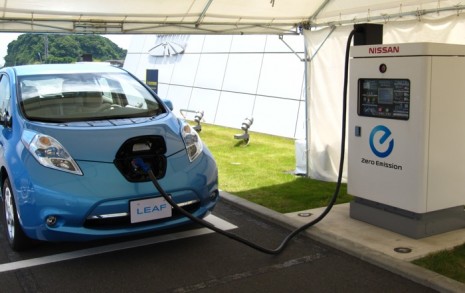
1. Conduct a Site Survey: Conduct a site study to find the optimal placement for the charging station before beginning the installation. The charging station’s placement, distance from the electrical panel, and available space are all important considerations.
2. Determine the Electrical Load: After settling on a site, the next step is calculating how much power will be needed to run the charging station. The charging station’s kind, the available voltage and amperage, and the charging station’s proximity to the main electrical panel are all factors.
3. Obtain Permits: Check with your local authorities to see if you need to obtain any permits before you begin the installation process. Permits may be required to ensure the installation meets local building codes and safety standards.
4. Install Electrical Components: After securing the required approval, you may set up the charging station’s electrical infrastructure. All necessary components, such as a circuit breaker, conduit, and wire, will be installed.
5. Install the charging station: A certified electrician should install the charging station. The charging station will be mounted, and the wiring will be connected during installation.
6. Test the system: Once the installation is complete, the electrician should test the charging station to ensure it works properly.
7. Obtain final inspection: Finally, the installation must be inspected by your local building authority to ensure that it entails all codes and regulations.
Frequently Asked Questions about Level 3 Charging Station Installation Cost.
Q: What is a Level 3 charging station?
Electric cars may be charged quickly and efficiently using a Level 3 charging station, sometimes called a DC fast charger. Electric vehicles may be fully charged in 30 minutes or less with 100 kW or higher power output.
Q: What is the average cost of Level 3 charging station installation?
Location, installation style, and the availability of the necessary electrical infrastructure all contribute to the overall cost of building a Level 3 charging station. Typically, you may expect to pay between $10,000 and $50,000.
Q: What factors influence the cost of Level 3 charging station installation?
Level 3 charging station installation costs depend on the charging station, electrical improvements, construction, installation, and permission and inspection fees.
Q: What are the main types of installation for Level 3 charging stations?
The main types of installation for Level 3 charging stations are pedestal mount, wall mount, and overhead mount. The pedestal mount is the most common type of installation, where the charging station is mounted on a pedestal or post. The wall mount involves mounting the charging station on a wall, while the overhead mount involves suspending the charging station from an overhead structure.
Q: What are the electrical requirements for Level 3 charging station installation?
Level 3 charging stations require a dedicated 480V, 3-phase electrical service, which is not commonly available in most residential areas. As a result, Level 3 charging stations are typically installed in commercial or public locations.
Q: Are government incentives or rebates available for Level 3 charging station installation?
Level 3 charging station installation receives government incentives and rebates. The federal government grants a 30% tax credit on installation costs up to $30,000. Some states and localities give subsidies or other incentives to establish Level 3 charging stations.
Q: How long does installing a Level 3 charging station take?
Depending on the installation method and the complexity of the necessary electrical work, the time needed to set up a Level 3 charging station may range from a few hours to several days. Installation usually takes a few days to a few weeks. However, this greatly varies from project to project.
Q: Can I install a Level 3 charging station at home?
The high voltage and electrical service requirements make it unusual for people to install a Level 3 charging station in their homes. However, commercial or public venues like parking lots, rest stops, and shopping malls may construct Level 3 charging stations.
Q: How much does operating a Level 3 charging station cost?
The cost of operating a Level 3 charging station depends on several factors, such as the cost of electricity in the local area, the utilization rate of the charging station, and any maintenance or repair costs. Typically, the cost of electricity for a Level 3 charging station is higher than that of a Level 2 charging station. Still, the increased charging speed and convenience can make it a worthwhile investment for specific locations.

Imran is an experienced content writer who crafts engaging and informative articles for a variety of industries. With a keen eye for detail and a passion for storytelling, Imran delivers high-quality content that resonates with readers. Whether he’s writing blog posts, social media content, or website copy, Imran is committed to delivering compelling content that drives results.

